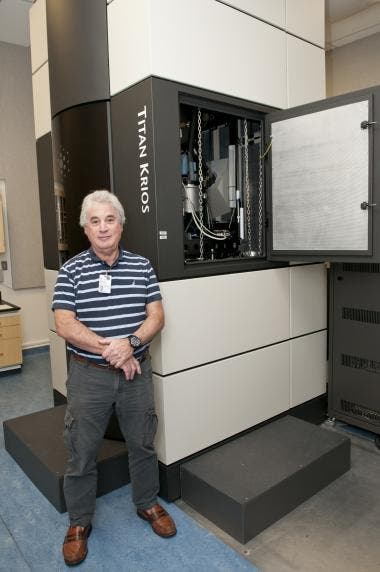Scientists are studying a virus that survives in extremely hot environments, in the hope that it will give us better ways of fighting infectious diseases. SIRV2 might be the key to defeating future epidemics.

Extremophiles have fascinated biologists for many years. There are organisms that can survive in extremely acidic or basic environments, organisms that don’t require oxygen for growth, and of course, organisms that survive in extreme temperatures. The nonenveloped, rod-shaped virus SIRV2 (Sulfolobus islandicus) can survive very high temperatures, and the biotechnology industry has been studying it for quite a while. One application is the creation of artificial derivatives from proteins, named affitins, and now, another point of interest is discovering a way to prevent infectious agents from overcoming the body’s protective systems.
“What’s fascinating and bizarre is with the power to see how proteins and DNA may be put collectively in a way that’s utterly safe beneath the harshest circumstances conceivable,” said Edward H. Egelman, PhD, of the UVA Department of Biochemistry and Molecular Genetics. “We’ve discovered what appears to be a main mechanism of resistance – to heat, to desiccation, to ultraviolet radiation. And understanding that, then, we’ll go in many different directions, along with creating strategies to package deal deal DNA for gene treatment.”
SIRV2 lives in acidic scorching springs, where temperatures often range past 175 Fahrenheit (80 Celsius), and understanding how it survives in such an extreme environment can help us better understand how infectious agents can resist our bodies’ protective systems – and how we can stop that from happening.
“Some of these spores are liable for very, very horrific sicknesses which is perhaps arduous to cope with, like anthrax. So we current on this paper that this virus really options in a similar technique to a variety of the proteins present in bacterial spores,” he said. Spores are moreover formed by C. difficile, which now accounts for about 30,000 deaths per yr inside the U.S. and has been categorized by the Centers for Disease Control and Prevention as having a menace diploma of “urgent.” “Understanding how these bacterial spores work supplies us in all probability new skills to destroy them,” Egelman said. “Having this main scientific evaluation leads in a lot of, many directions, most of which might be unimaginable to predict, with regards to what the implications are going to be.”
It appears that for SIRV2, the key to survival lies in its DNA.
“This is, I really feel, going to highlight as quickly as as soon as extra the contributions she made, because of many people have felt that this A-form of DNA is just found inside the laboratory beneath very non-biological circumstances, when DNA is dehydrated or dry,” Egelman said. “Instead, it appears to be a standard mechanism in biology for shielding DNA.”
Researchers were able to study the virus using UVA’s new Titan Krios underground electron microscope. The Titan Krios is the most powerful and flexible high resolution electron microscope for 2D and 3D characterization of biological samples.
Journal Reference: Frank DiMaio, Xiong Yu2, Elena Rensen, Mart Krupovic, David Prangishvili, Edward H. Egelman. A virus that infects a hyperthermophile encapsidates A-form DNA. DOI: 10.1126/science.aaa4181


